Gardening can be a rewarding hobby, but it’s not without its challenges. One of the most frustrating issues gardeners face is dealing with pests that damage plants and disrupt the natural balance of their outdoor spaces. While pests are a part of nature, certain gardening mistakes can unintentionally attract these unwelcome guests, making the problem even worse. By being mindful of common gardening practices, you can avoid creating the perfect environment for invasive pests to thrive. Here are twelve garden mistakes that might be inviting pests into your property—and what you can do to prevent them.
1. Over-Watering Your Plants
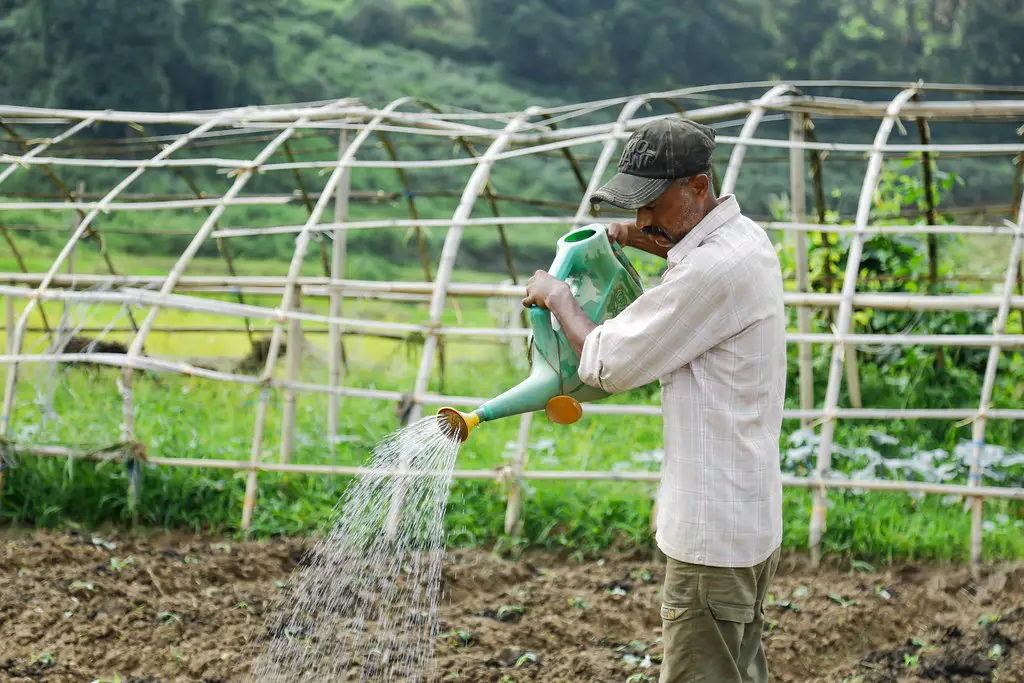
Over-watering is one of the most common gardening mistakes, and it can create an ideal environment for pests. Excess moisture attracts insects like mosquitoes and ants, which thrive in damp conditions. Wet soil also encourages fungal growth, which can lead to diseases that attract pests. According to The Spruce, ensuring proper drainage and watering your garden in the early morning or evening can help avoid these issues.
Additionally, over-watering can cause the roots to rot, weakening the plants and making them more susceptible to pest infestations. A healthy garden requires well-drained soil, as standing water provides the perfect habitat for harmful pests. Investing in good-quality soil and using raised beds or containers can help prevent the buildup of excess moisture.
2. Not Using the Right Mulch
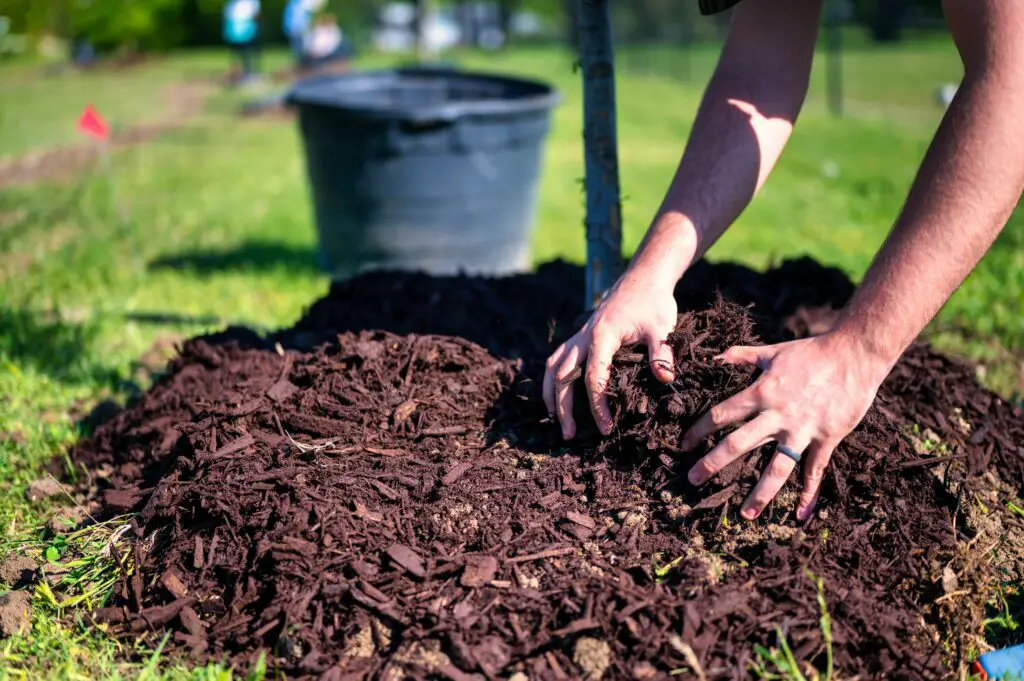
Mulch is an essential part of garden maintenance, but using the wrong type can invite pests into your space. Organic mulches, such as wood chips or bark, break down over time and create a moist environment that attracts termites, ants, and beetles. Gardening Know How notes that choosing the right mulch, like shredded leaves or pine needles, can reduce the likelihood of pest problems.
It’s also important to keep mulch away from the base of plants, as it can create a hiding spot for pests like slugs and snails. Ensure that mulch is spread evenly and not piled too high around plant stems. Properly applying mulch can help retain moisture and regulate soil temperature without creating an environment for unwanted pests.
3. Planting Invasive Species

Certain plants are more likely to attract invasive pests due to their scent or texture, while others can themselves become invasive. Some species, when planted in a garden, can draw unwanted pests that feed on them. According to National Geographic, planting native species that are adapted to your region’s ecosystem is crucial in preventing invasive species from taking hold.
Additionally, some invasive plants can take over your garden, reducing the diversity of plants and leading to an imbalance that benefits pests. If you’re unsure which plants to choose, seek advice from local garden centers or extension services to select species that are pest-resistant and native to your area.
4. Ignoring Plant Health and Pest Monitoring
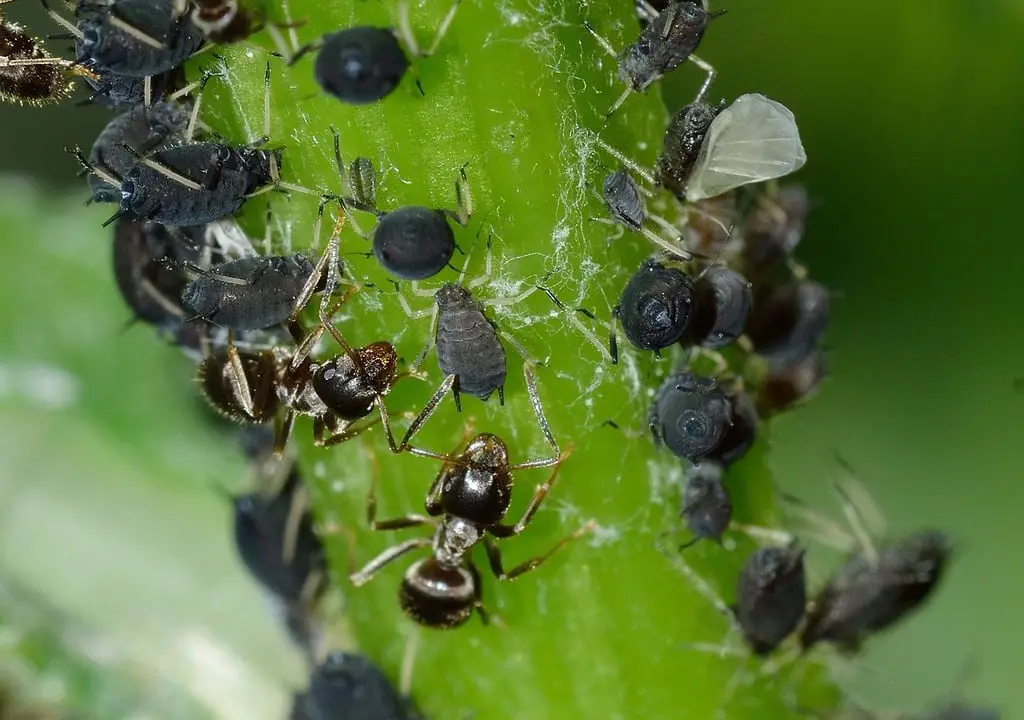
Failing to monitor the health of your plants can lead to a number of issues that attract pests. If plants are stressed due to inadequate care, they become more vulnerable to pest invasions. HGTV suggests regularly inspecting plants for early signs of pest activity, such as damaged leaves, holes, or discolored areas. The sooner you spot these signs, the quicker you can act before the problem worsens.
Neglecting plant health can also cause plants to release chemical signals that attract pests. Routine checkups can help you catch issues early and implement preventative measures before an infestation takes over your garden. Regular monitoring can also help you spot signs of diseases that, if left untreated, can bring in pests looking to feed on weakened plants.
5. Allowing Dead Plant Matter to Accumulate
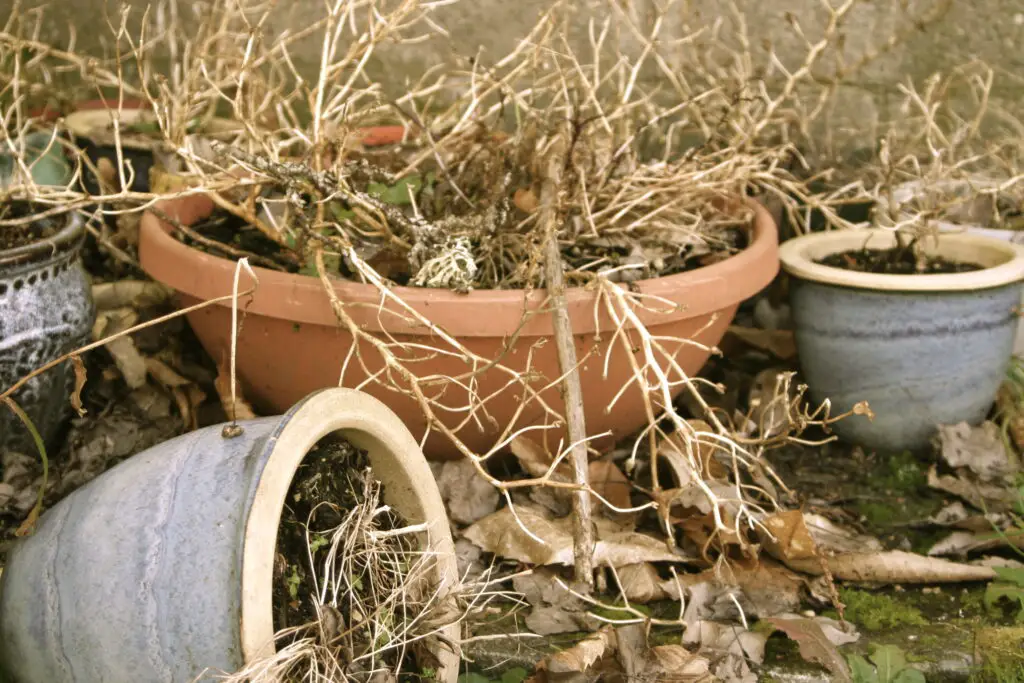
Dead plant matter, including leaves, stems, and flowers, provides a perfect hiding spot for pests. When left on the ground, it can attract insects like termites, ants, and beetles, which use the decaying material as food or shelter. To prevent this, make sure to regularly clear away any dead plant material from your garden beds.
Rotting organic matter also contributes to the spread of diseases that pests thrive on, creating a cycle of attraction. Composting dead plant material properly can help avoid this issue while enriching the soil. Regularly cleaning up the garden helps maintain a healthier environment and keeps pests at bay.
6. Not Pruning Dead or Damaged Branches
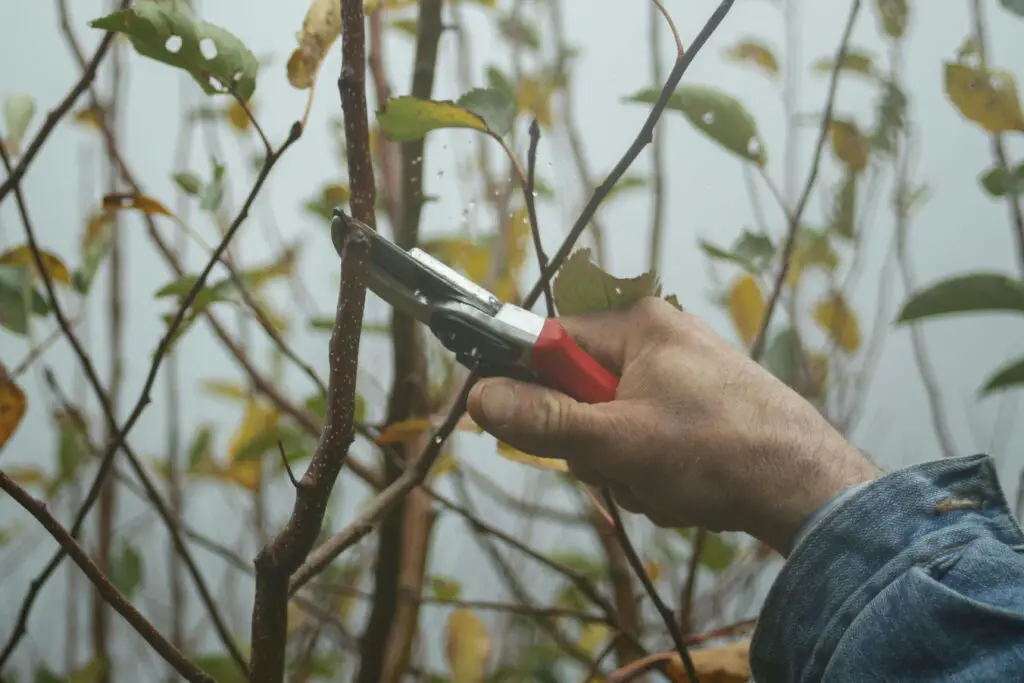
Dead or damaged branches can attract pests such as carpenter ants, which nest in decaying wood. If left unpruned, these branches can become a source of food and shelter for these unwanted visitors. Regularly trimming back dead or damaged branches helps eliminate these opportunities for pests to settle in your garden.
Pruning also allows for better airflow and sunlight penetration, which can help plants stay healthy and less susceptible to pest damage. By removing potential hiding spots, you reduce the chances of pests finding a place to thrive in your garden. Pruning is a simple yet effective way to keep your plants healthy and pest-free.
7. Overcrowding Your Plants
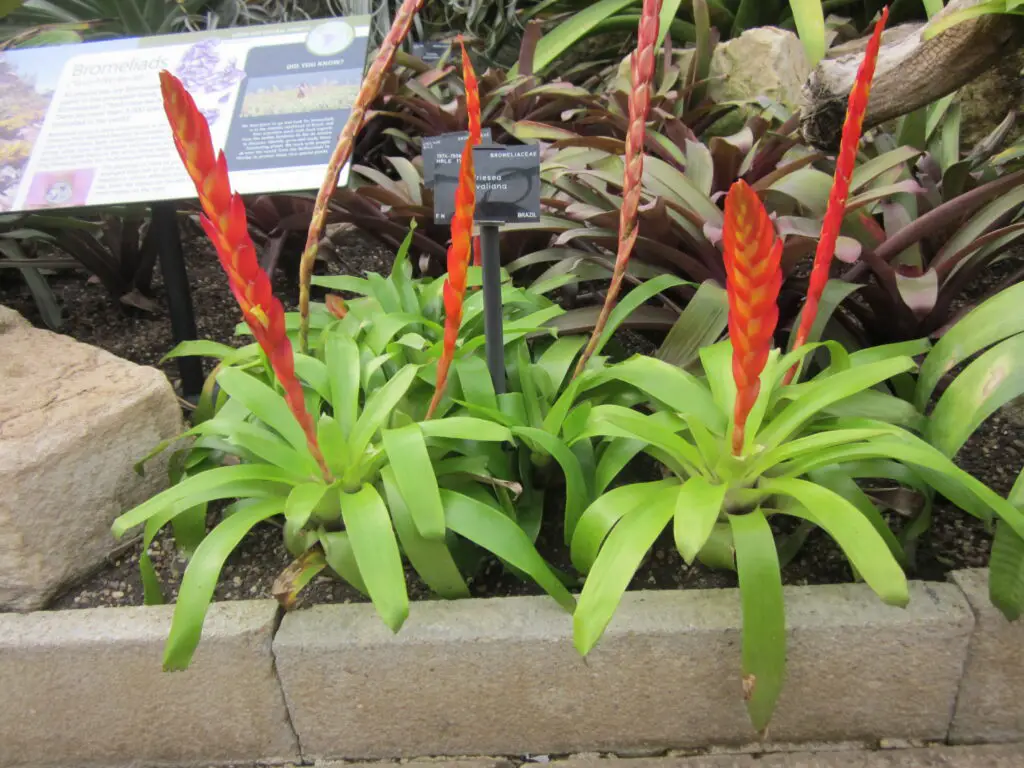
Planting too many plants too close together can create a cramped environment that’s ideal for pests. Poor air circulation and high humidity between densely packed plants can lead to the growth of mold, mildew, and fungus, which attract insects. Additionally, overcrowded plants may be more stressed and less healthy, making them easier targets for pests.
Spacing out your plants according to their size and growing needs ensures better air circulation and sunlight exposure. This not only promotes plant health but also discourages pests from taking up residence in your garden. Properly spaced plants are better able to fight off pest invasions and create a more balanced ecosystem.
8. Using Harmful Pesticides Unnecessarily
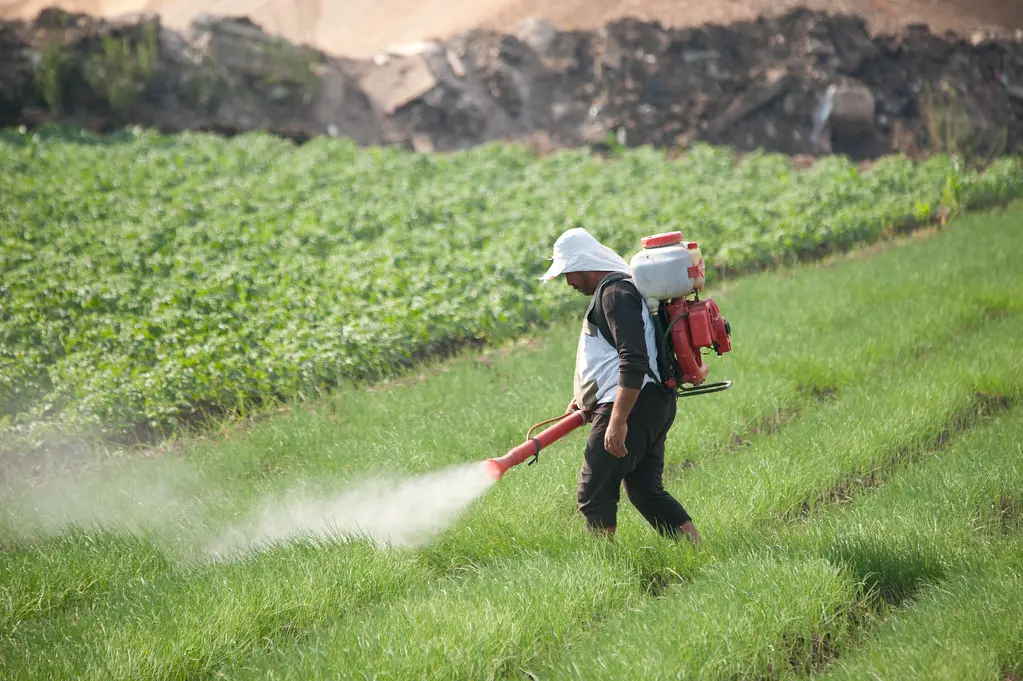
While pesticides can be effective, using them unnecessarily or excessively can harm beneficial insects and upset the balance of your garden’s ecosystem. Over-reliance on chemical treatments may kill natural predators that control pest populations, leading to even bigger infestations in the long run. Instead of reaching for pesticides at the first sign of trouble, consider using organic or natural methods to manage pests.
Introducing beneficial insects like ladybugs and praying mantises into your garden can naturally reduce pest populations. Additionally, using neem oil or insecticidal soap can help target specific pests without damaging the environment. Consider using pesticides as a last resort, after trying other pest management techniques.
9. Forgetting to Manage Your Compost Pile
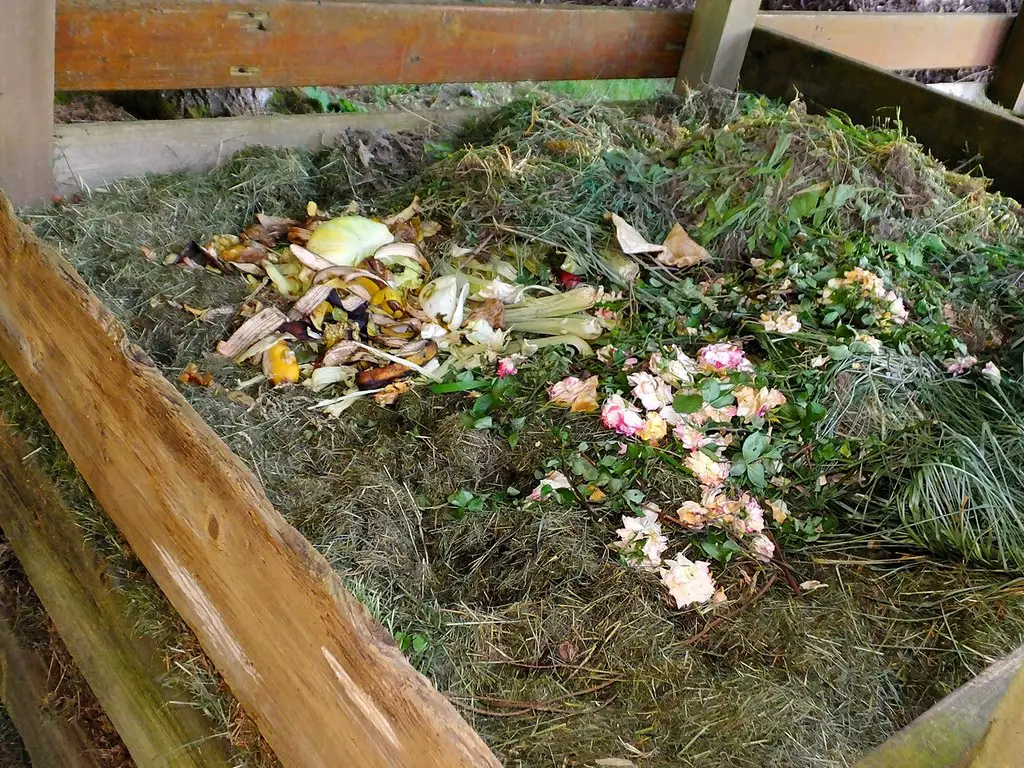
While composting is an excellent way to recycle garden waste, an unmanaged compost pile can attract pests. If compost is too wet, not aerated properly, or contains food scraps like meat and dairy, it can become a breeding ground for pests like rats, raccoons, and flies. Regularly turning your compost pile and maintaining the right balance of greens and browns will help keep pests away.
By properly managing your compost, you ensure that it decomposes efficiently without becoming a pest magnet. Avoiding food scraps that attract rodents and ensuring the pile is kept in a contained area can significantly reduce the risk of pest invasions. Composting the right way enriches your soil without inviting unwanted guests.
10. Not Installing Proper Fencing or Barriers
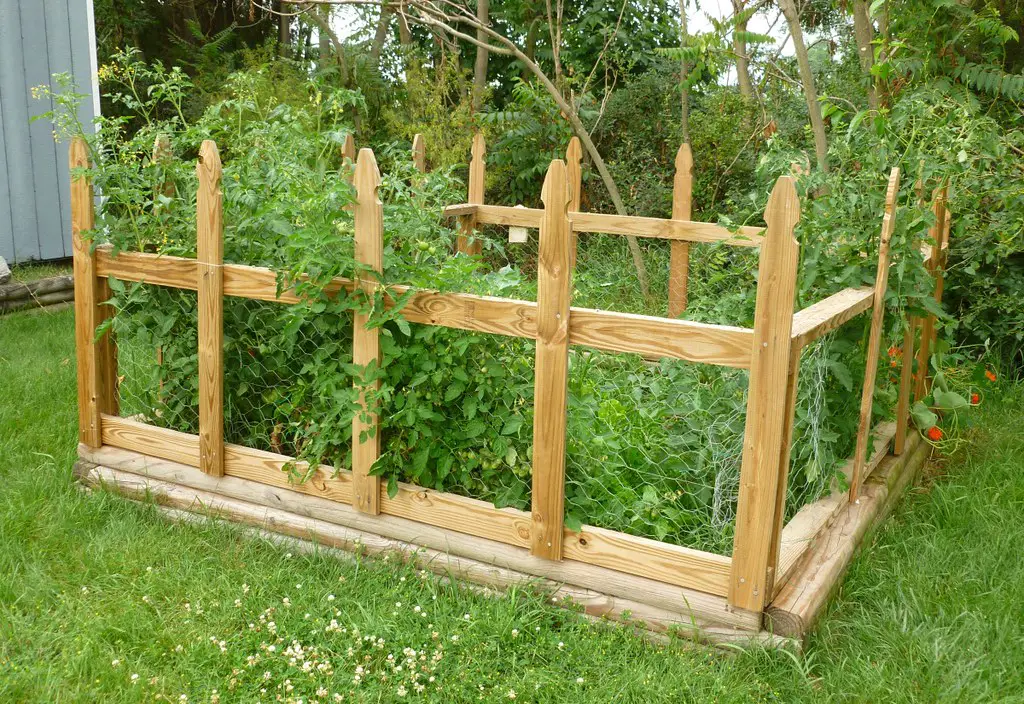
If you live in an area prone to pest invasions, installing proper barriers like fencing or netting around your garden is essential. Without these defenses, pests like rabbits, deer, and raccoons may wander into your garden and damage plants. Fencing can act as a physical barrier to prevent larger pests from entering the space, and netting can protect plants from flying insects and birds.
Ensure that your fencing is tall enough and buried deep enough to deter digging pests, and choose materials that are durable and pest-resistant. Adding mesh or fine netting around smaller plants can keep insects and pests from feasting on them. Proper barriers help safeguard your garden and reduce the chance of pests gaining access.
11. Neglecting Proper Drainage
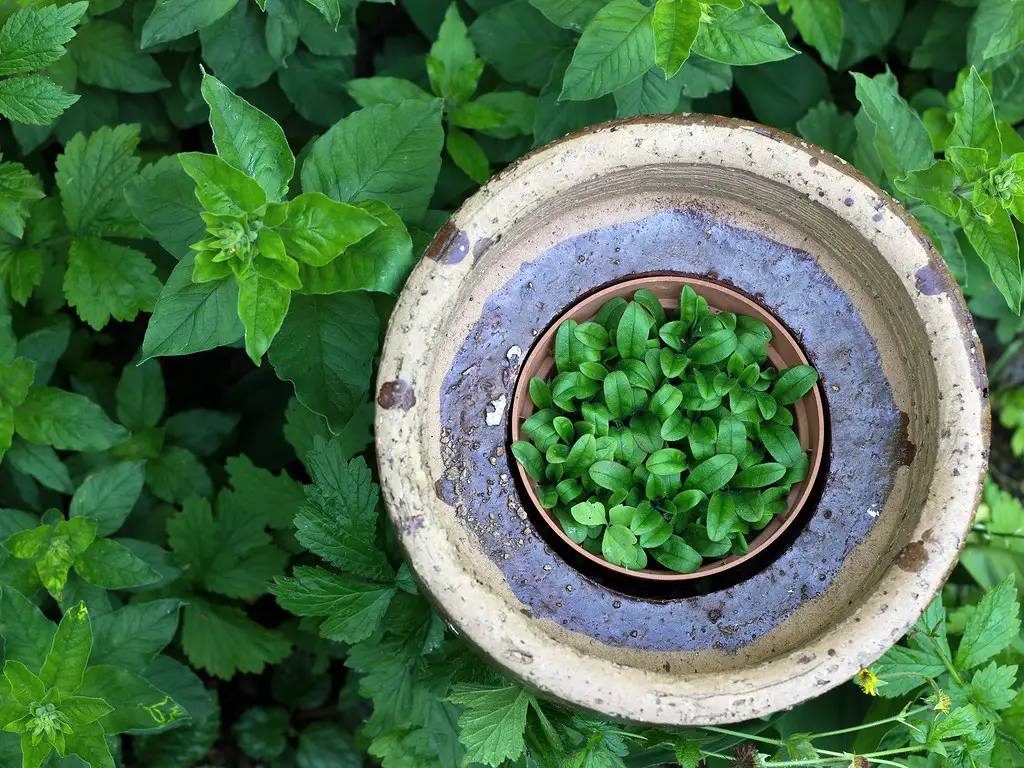
Poor drainage can lead to waterlogging, which creates the perfect breeding ground for pests like mosquitoes. Stagnant water from improper drainage can attract pests that thrive in moist conditions. It’s important to ensure that your garden has proper drainage to prevent the accumulation of standing water.
Incorporating features like raised beds or installing drainage systems can keep water flowing and prevent waterlogging. Good drainage also promotes healthy root growth and helps prevent plant diseases that can attract pests. A well-drained garden reduces the risk of pest invasions and supports the health of your plants.
12. Ignoring Pest-Resistant Varieties
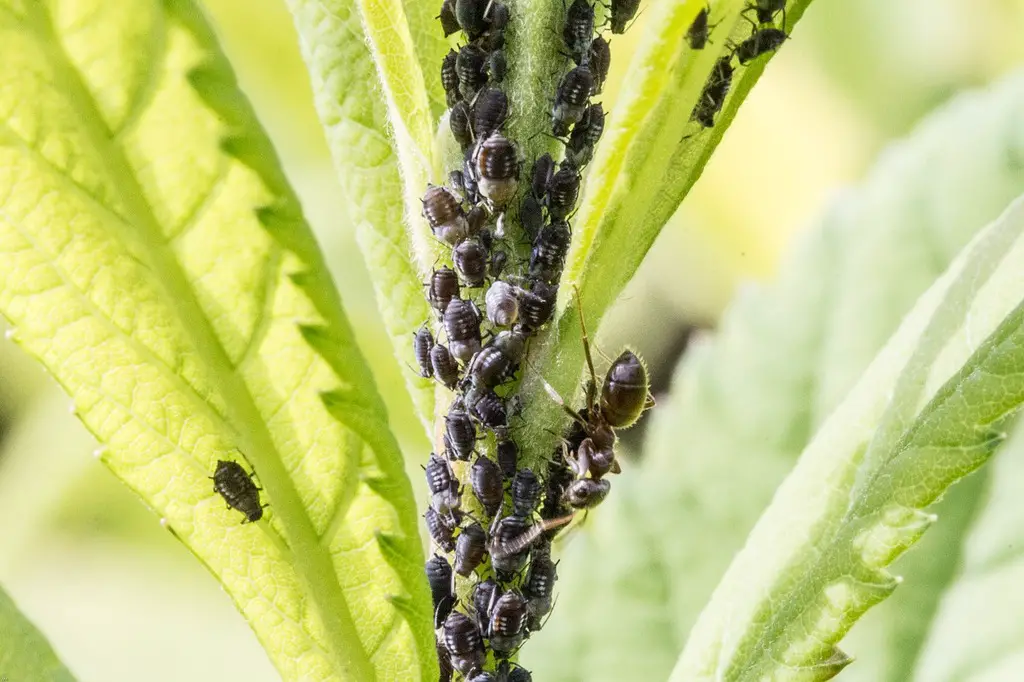
Certain plant varieties are naturally resistant to pests due to their genetic makeup, while others are more prone to attracting them. Choosing pest-resistant plants can help reduce the need for pesticides and lower the likelihood of infestations. By researching which plants are best suited for your region and resistant to common pests, you can create a garden that’s less appealing to harmful insects.
Pest-resistant varieties often have natural defenses, such as thicker leaves, stronger scents, or coatings that deter pests. Incorporating these plants into your garden not only helps control pest populations but also promotes a healthier ecosystem. When selecting plants, prioritize those that are known to thrive in your area and resist common garden pests.
